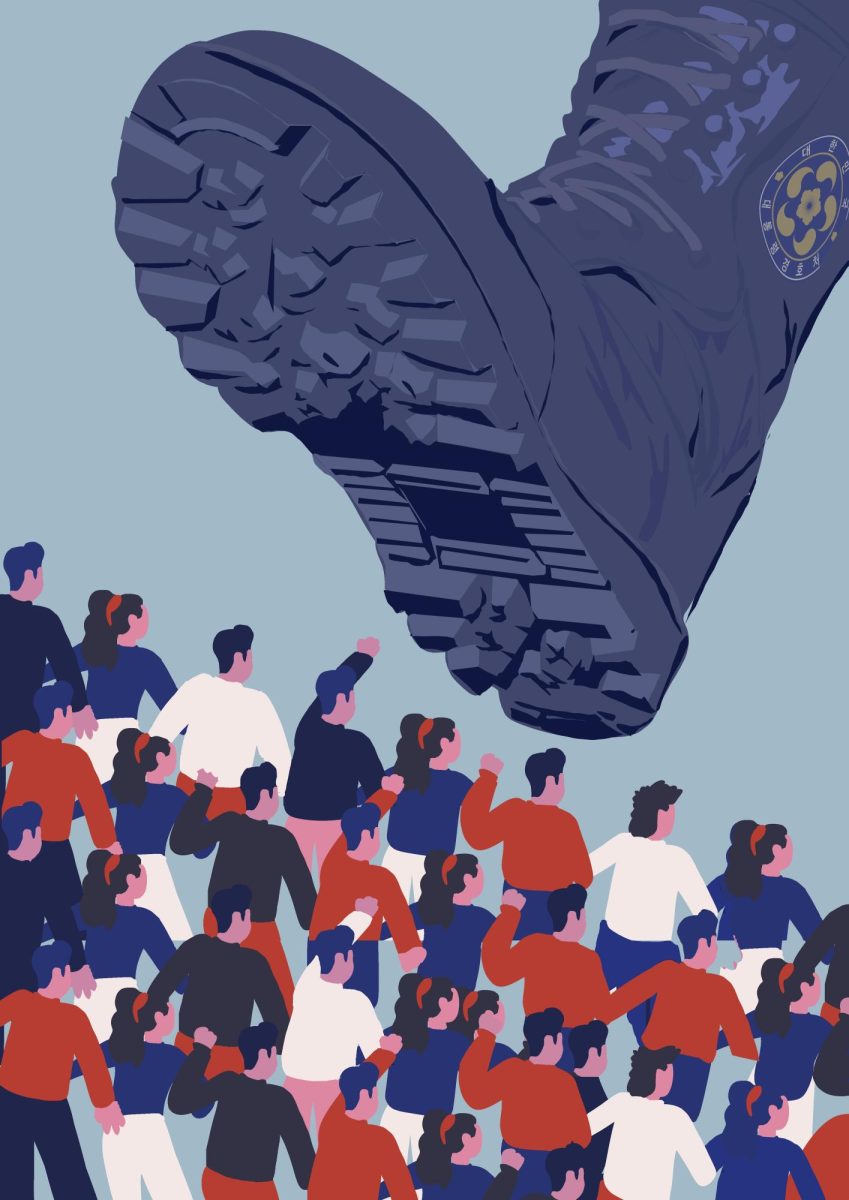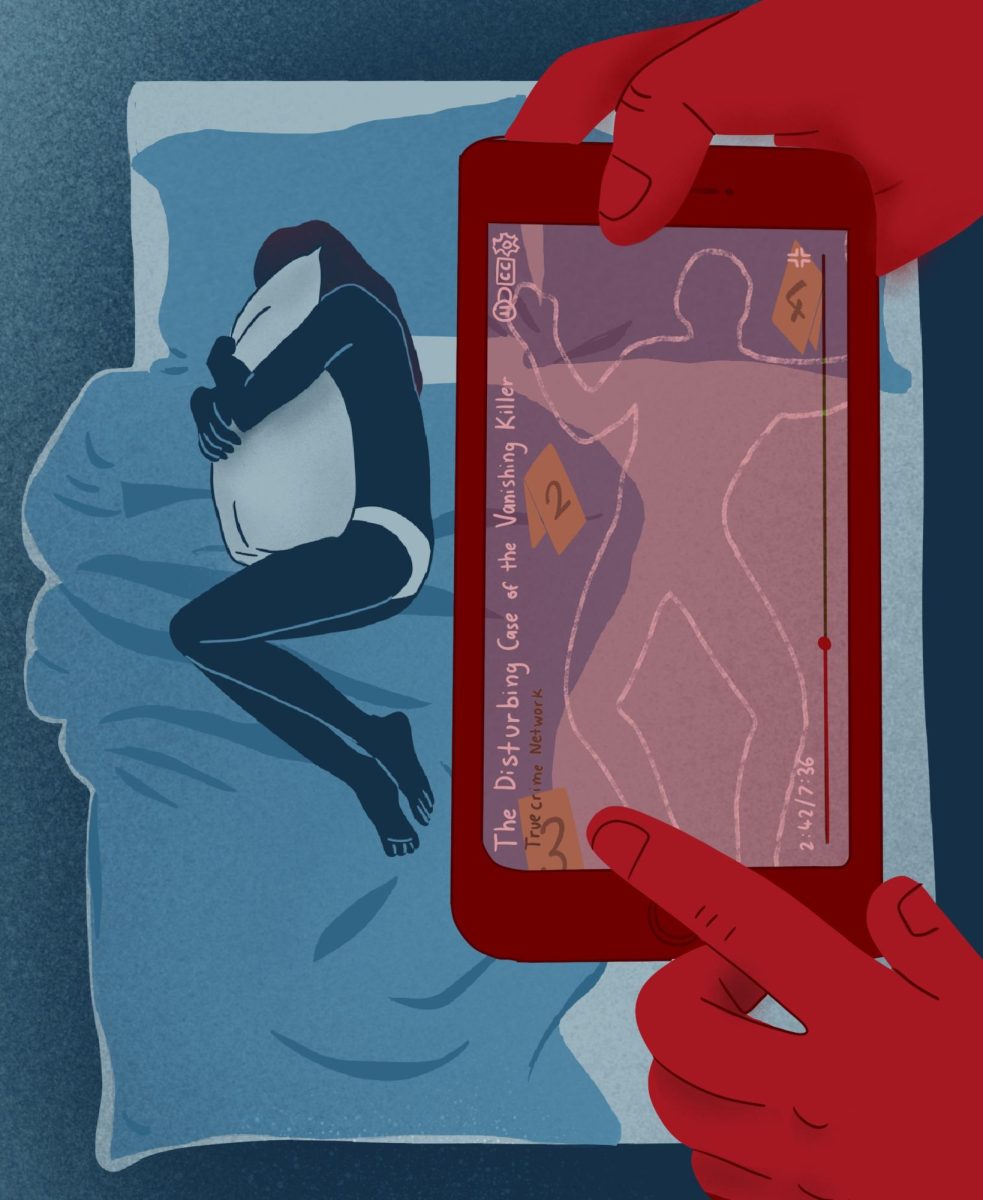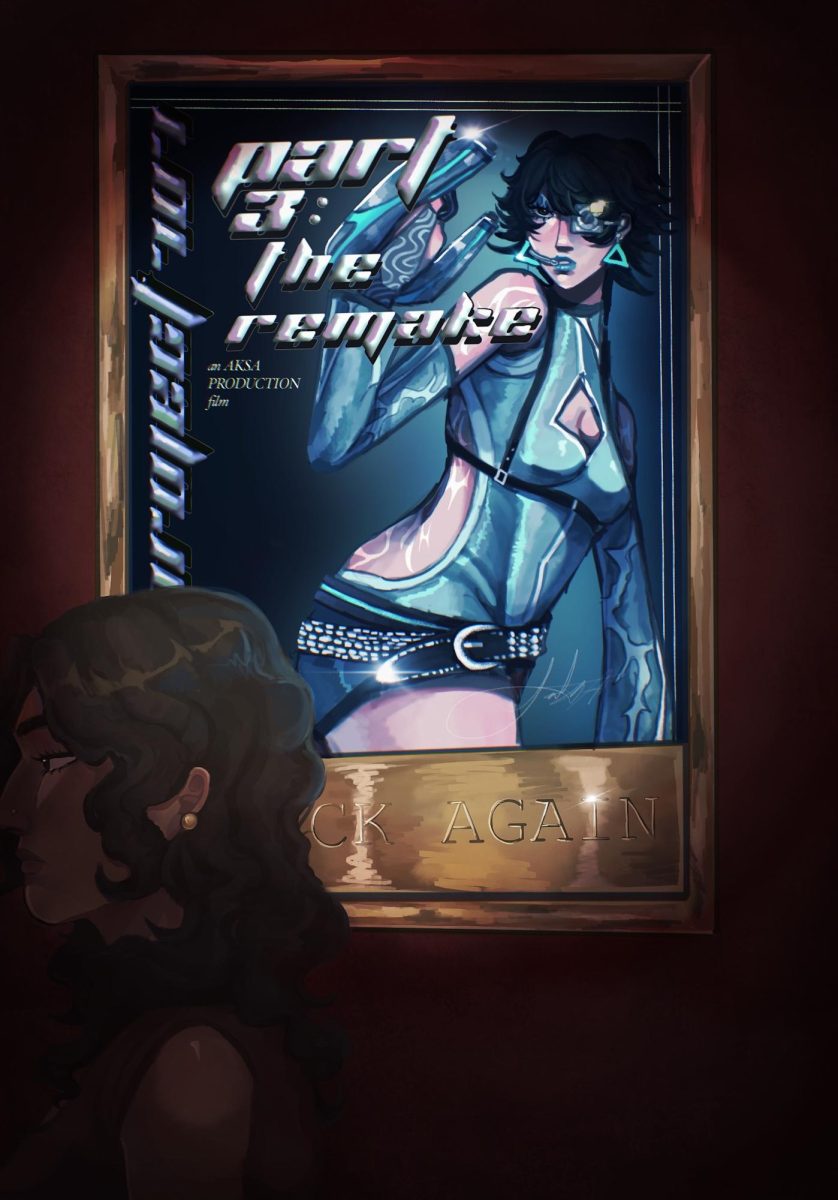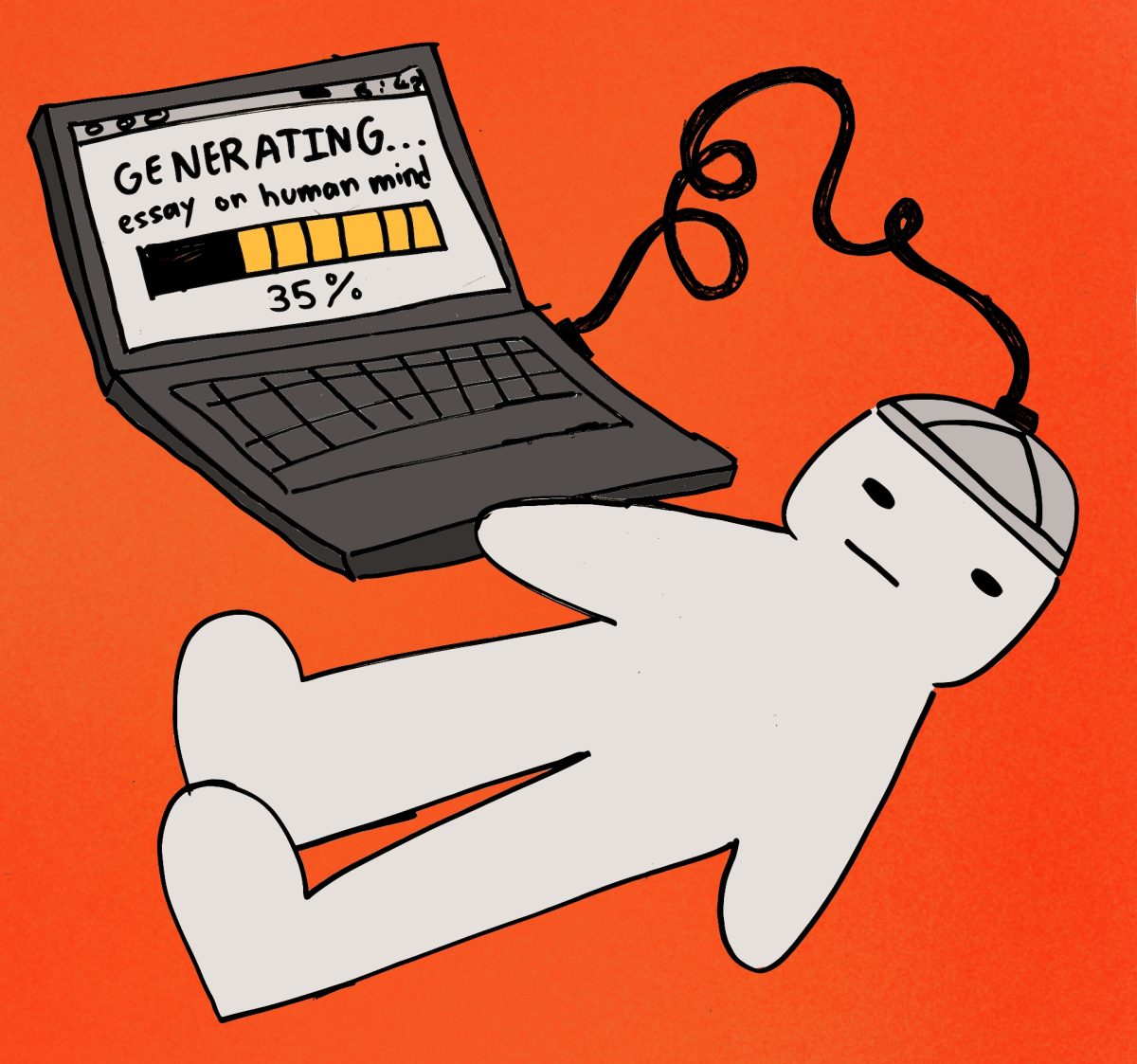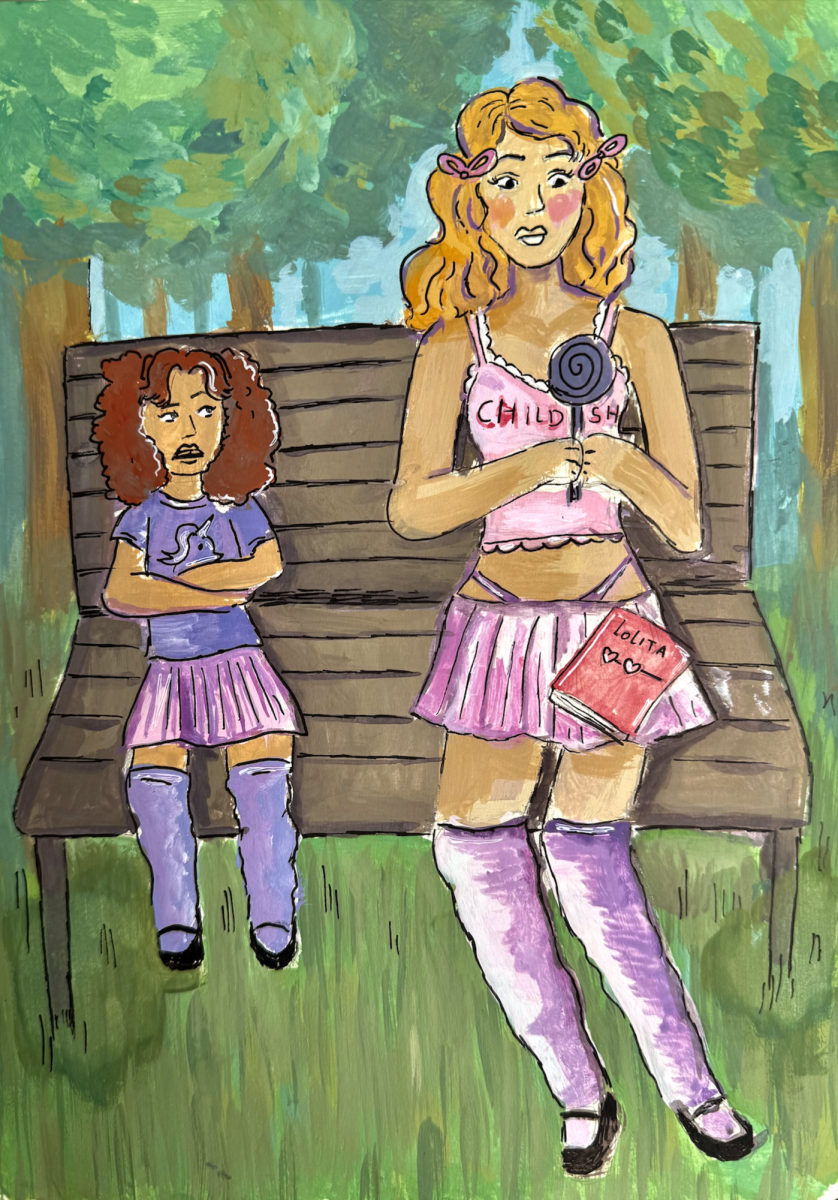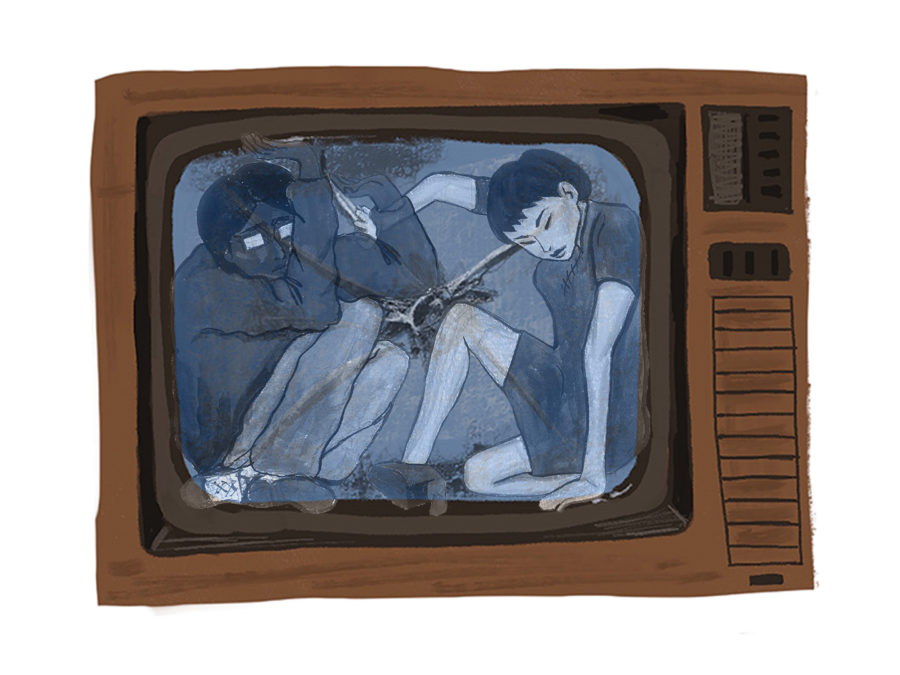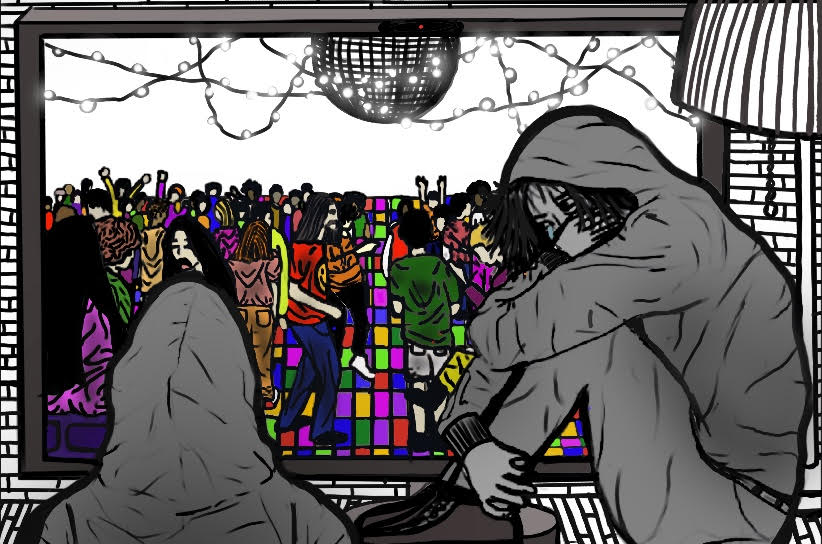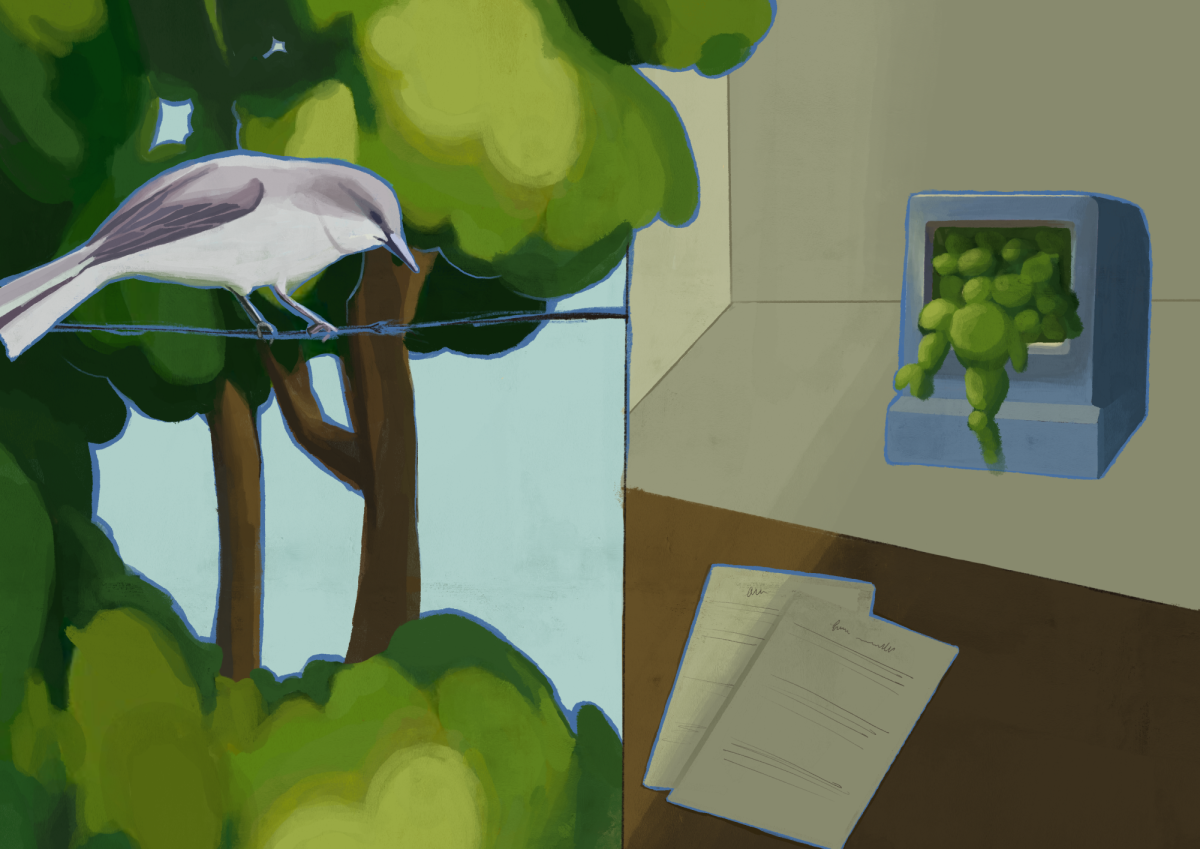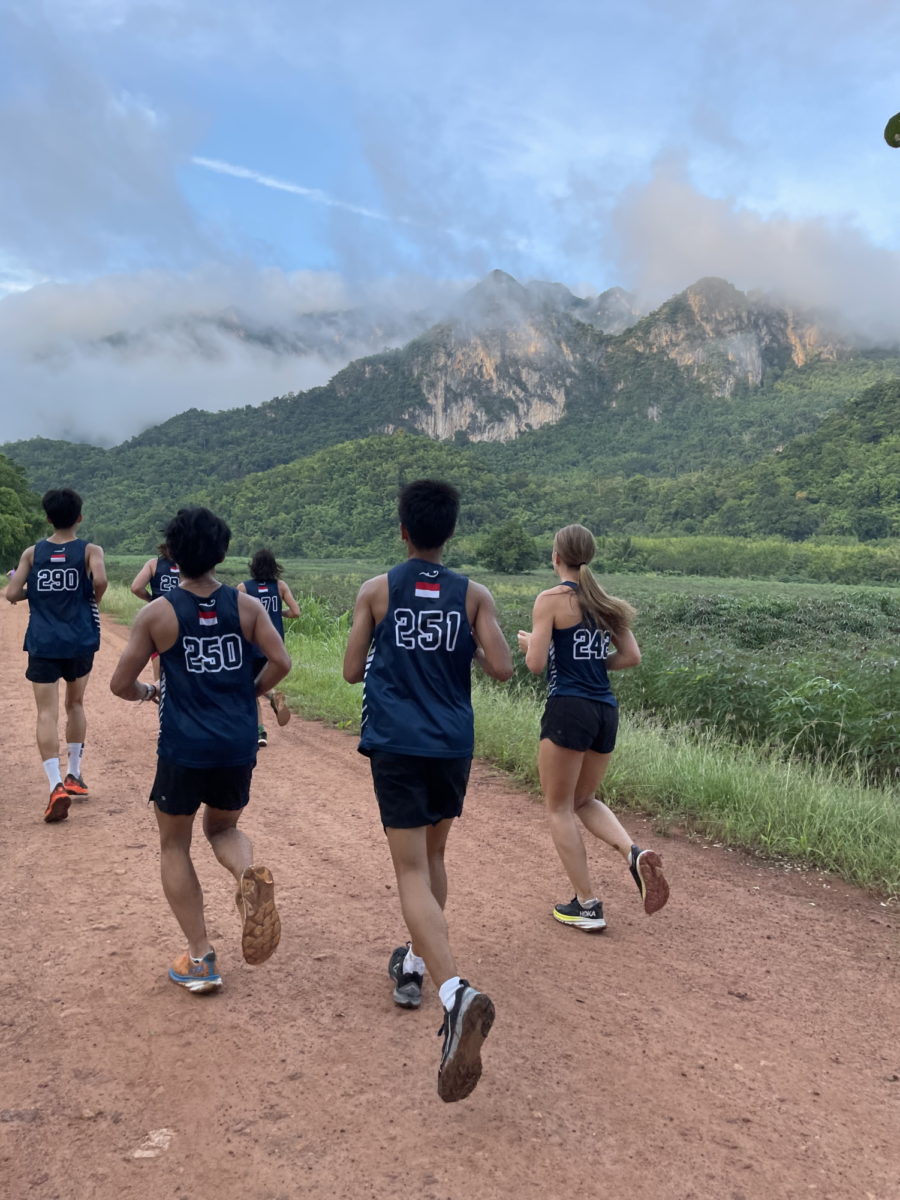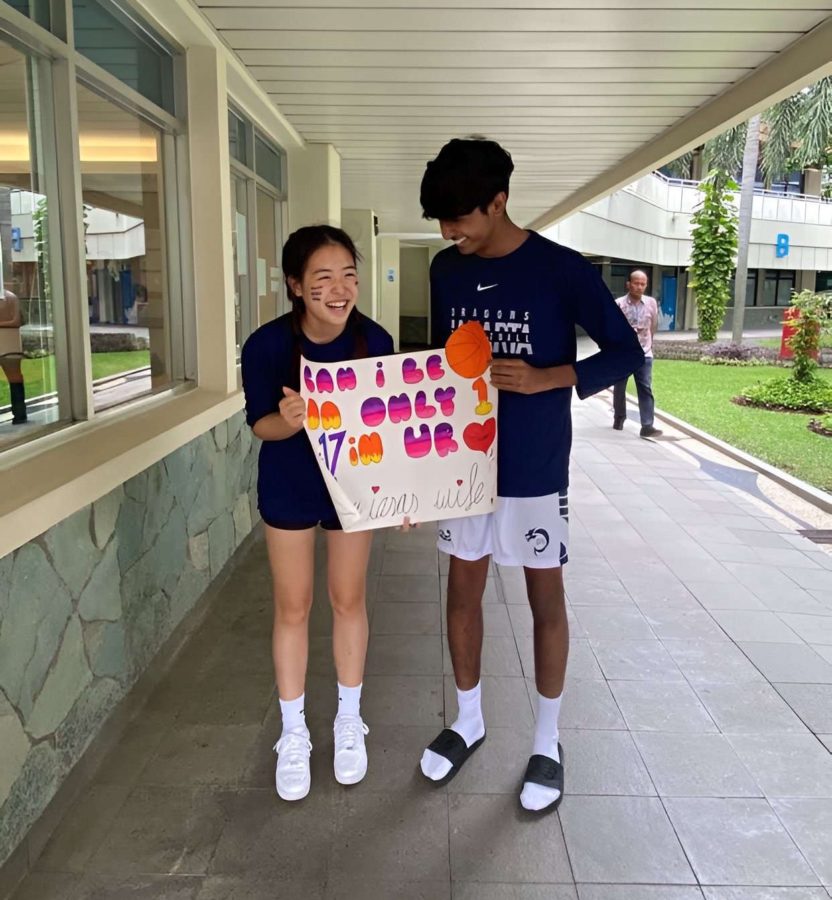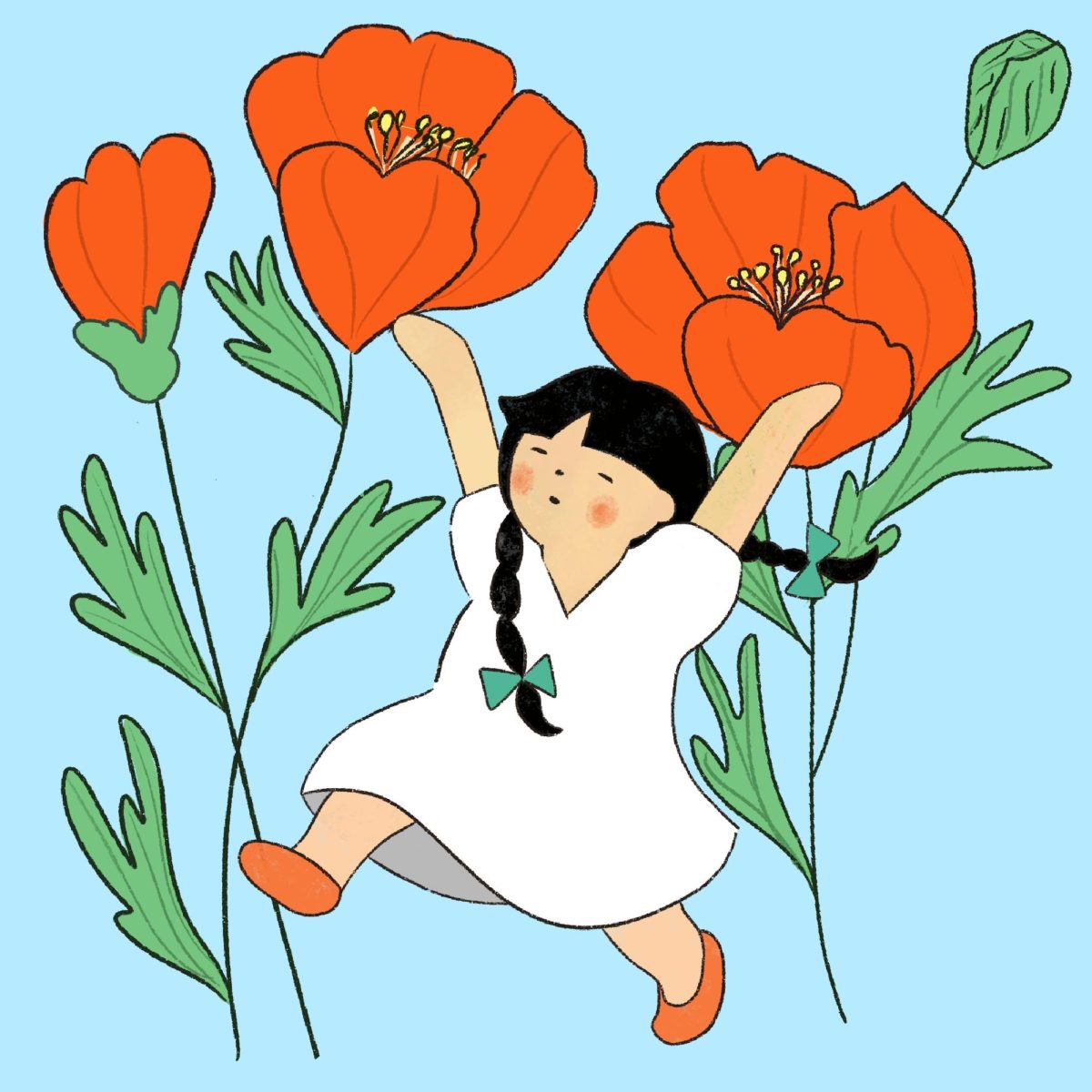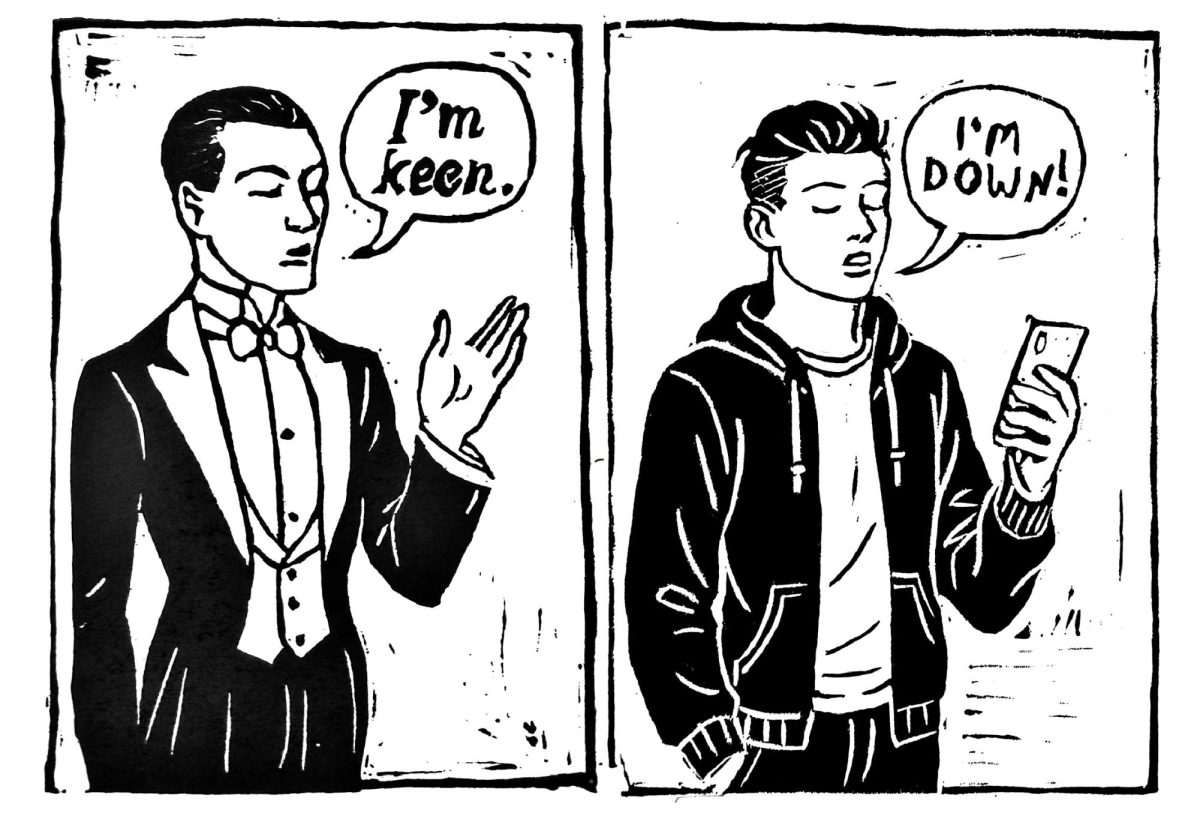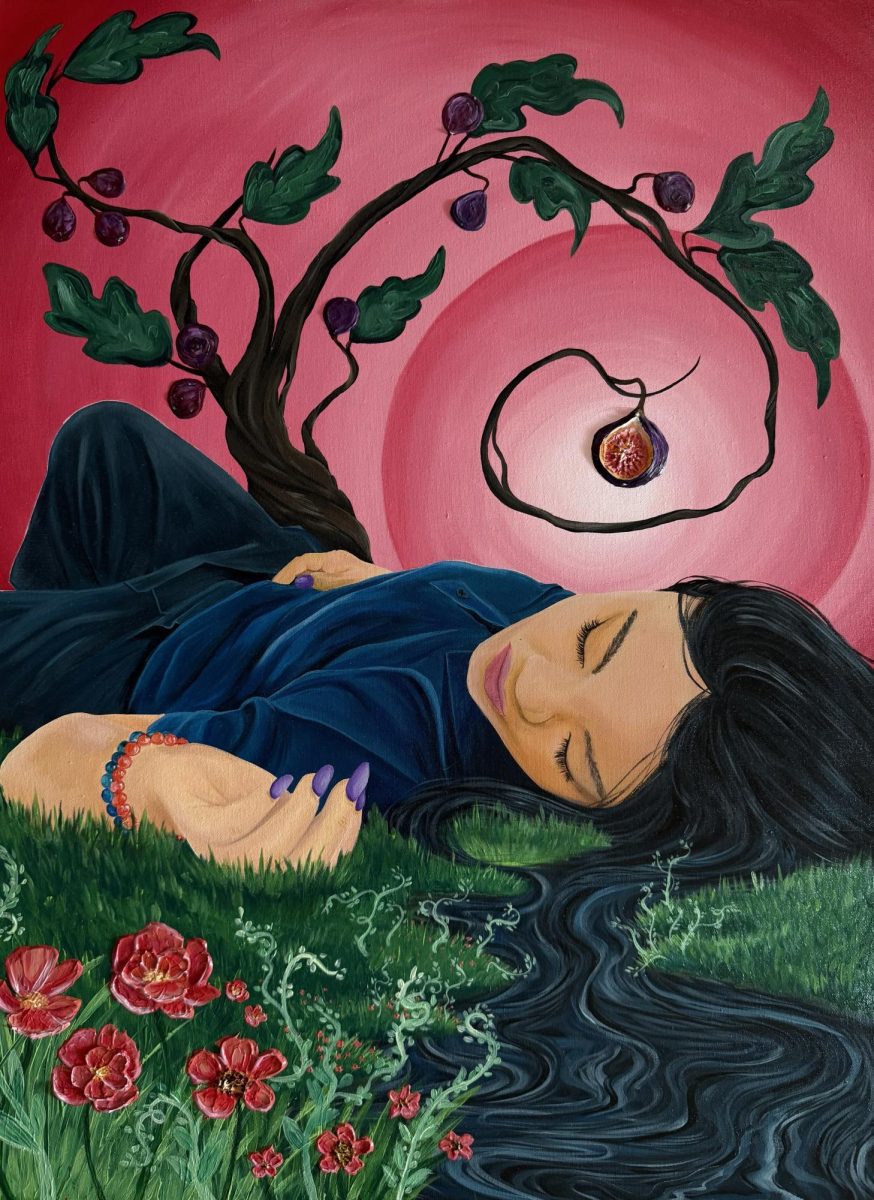Indonesia is home to a mesmerizing craft that surpasses time and culture: batik. As part of the UNESCO Intangible Cultural Heritage of Humanity list, the Indonesian batik has been recognized internationally as a historical fabric of human civilization. With its intricate patterns and vibrant colors, the batik has gained widespread popularity both within the nation and internationally. However, in this ever-evolving modern world, the intrinsic beauty and symbolism woven into each batik piece often take a backseat to the practical considerations of conformity and routine, leaving the deeper cultural narrative underappreciated, and sometimes forgotten.
What is it?
Derived from the Javanese word ambatik—“amba” meaning to write and “tik” meaning dot—batik is a cloth with intricate colored patterns made through traditional methods thought to have originated from Java. This method uses a wax-resist dyeing technique, for which artisans apply hot wax using a canting or a stamp before dipping the cloth in dye. Involving multiple waxing and dyeing cycles, this process creates layers of vibrant colors and textures that generates the unique appearance of batik.
Batik Pedalaman and Batik Pesisir
Narrowing down batik to the island of Java, Javanese batik unfolds a rich blend of cultural nuances and symbolic motifs, each carrying profound significance. However, the batik in Java can be categorized into two parts: batik pendalaman and batik pesisir.
Batik pedalaman represents the deep, inland regions of Java, as the translation of “dalam” in Indonesian is inside. This category encompasses batik styles from areas such as Solo, Yogyakarta, and other central regions. Often drawing inspiration from traditional Javanese philosophies, the batik cloths are distinguished by intricate patterns that could tell stories of ancient kingdoms, spiritual beliefs, and other aspects of Javanese culture. They typically use brown, black, or deep blue colors and feature more geometric patterns.
Meanwhile, since the island of Java has various coastal regions that have been influenced by traders from all over the world, batik pesisir delivers a stark contrast to batik pedalaman. The batik patterns traditionally found here tend to have brighter colors and designs that feature elements of nature, such as butterflies, birds, and plants. From Chinese and Arab traders even before the 13th century to the Dutch and Japanese colonization, their culture has significantly influenced this traditional Indonesian cloth.
Batik Solo
Pedalaman
Solo, a city in Central Java, possesses many batik motifs, such as the Sidomukti batik. The Sidomukti batik motif is often characterized by a symmetrical pattern of boxes containing one of the following four motifs: the tree of life, a single wing of the garuda, a symbolic place (temples), or animals (butterflies and birds). While each of these motifs has its own significant meaning, the batik as a whole is used to symbolize happiness and goodness in those who wear it as the name Sidomukti comes from two Javanese words, namely “sido” which means to be, and “mukti” which means happiness and prosperity. This design was originally developed at the Surakarta Palace and is thought to stem from the Sidomulya batik, which existed during the Mataram Sultanate in the late 16th century. Since then, it has been commonly used in traditional Javanese wedding ceremonies.
Batik Yogyakarta
Pedalaman
In central Java, the former capital city, Yogyakarta, holds various well known patterns, most notably the parang motif. This design closely resembles the letter “S” and is inspired by the crashing of waves on rocks along the shore. While there are many interpretations, the diagonal lines resemble the continuous challenges individuals face on their journey, while the machete-like shape suggests the notion of cutting through obstacles or fighting against their difficulties. Thought to have been created by Panembahan Senopati, the founder and first king of the Mataram Sultanate, it was historically reserved for royals during the time of the Yogyakarta palace. As a result, those who wear the batik are generally of high prestige or status, honoring its historical significance. In a more modern example, the 2024 presidential candidates of Indonesia were seen wearing this batik during a gathering which symbolized the philosophical message of resilience and perseverance during the election period.
Arab-Influenced Batik
Pesisir
As Arab traders are thought to have arrived in Indonesia around the 13th century, they had spread their Islamic beliefs into the Indonesian culture. As such, some motifs reflect aspects of the Islamic culture ranging from Arabic calligraphy to even depictions of Islamic events such as pilgrimages. One example, in particular, was from an exhibition in November of 2019, which showcased 50 different batik garments that were influenced by Islamic culture. Most batik cloths depicted plant motifs as it was considered religiously prohibited to illustrate live animals on the fabric. Benny Gratha, a curator for the exhibition, told The Jakarta Post newspaper that “when [the batik does] have animal motifs, they are depicted headless in order to signify that they are no longer alive.” This contrasts other forms of batik pesisir, especially those influenced by the Dutch, as they generally depict animals such as birds or butterflies in their patterns—following the European flora motifs.
Chinese Influenced Batik
Pesisir
Arriving at a similar time to the Arabs, Chinese traders also had an influence on Indonesian culture. Known as the Chinese Peranakan batik, it’s typically found off the north coast of Java. Instead of using earth-like colors such as brown, black and dark blue, which is commonly seen on batik pedalaman, Peranakan batik utilizes brighter colors such as red, yellow, green, and pink. This type of batik features motifs related to ancient Chinese mythology, such as dragons, phoenixes, gods, and various flowers. The symbolic meaning behind these detailed patterns is interpreted in many ways. The chrysanthemum, known for its association with beauty, is a symbol that resonates with elegance and grace. On the other hand, the dragon, a revered and powerful figure in Chinese mythology, becomes an emblem of prosperity and good fortune.
Indonesian batik is not merely a textile; it is a living narrative, weaving together historical, cultural, and artistic threads into every fabric. Each motif presents different meanings, reflecting the diverse influences that have shaped Indonesian art. As we admire the beauty of batik in the modern day, let us also cherish its deeper meanings, celebrating the rich heritage and creativity that continues to make Indonesian batik a timeless and treasured art form.

